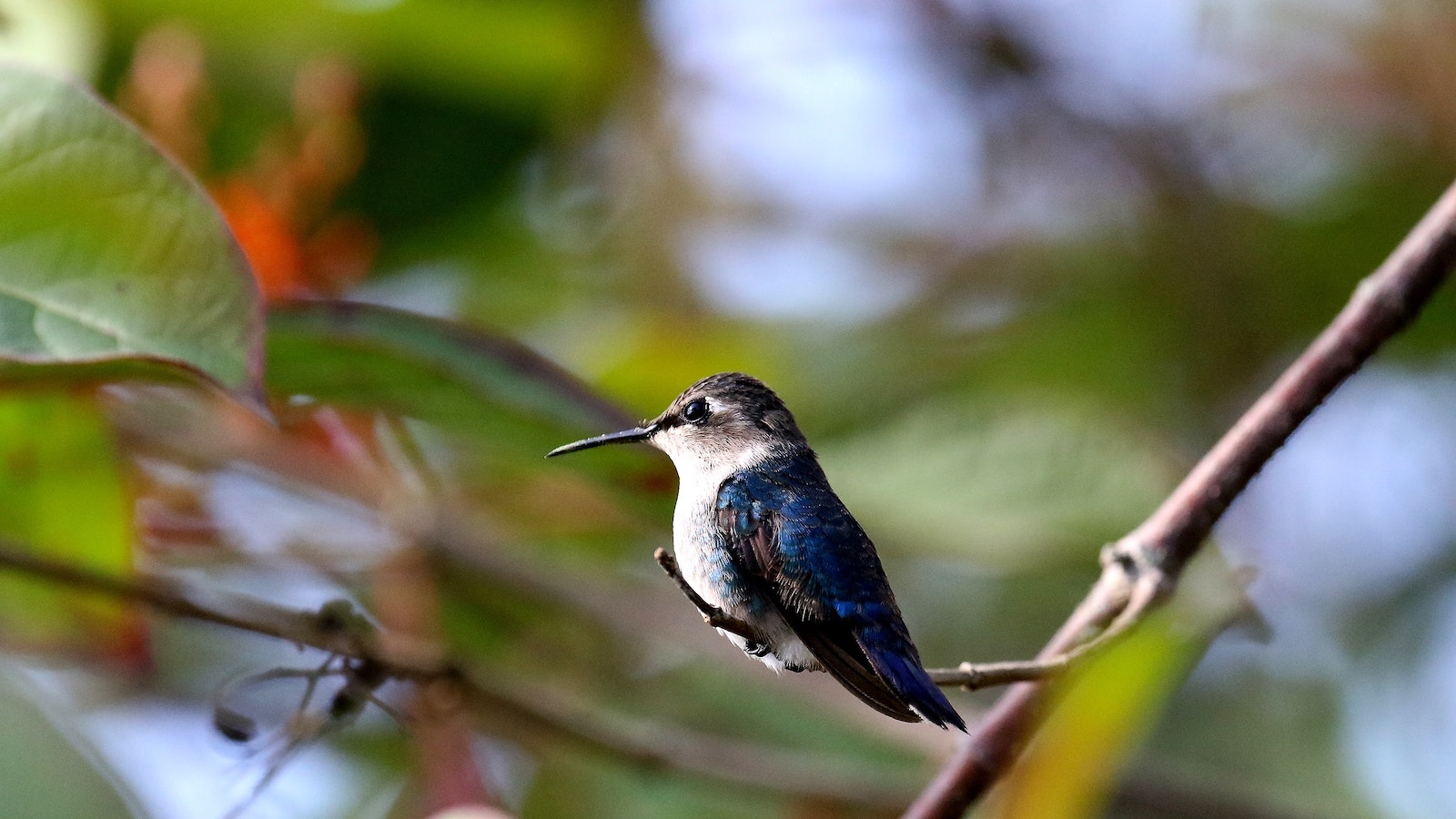Last night, I finally allowed the emotions out.
I entered my shower and just stood there – bawling my eyes out and allowed myself to let the emotions flow. The frustration. The disappointment. The fear. The sadness. And the grief, oh that grief.
I grieved for friends and family who are undergoing quarantine or having to self-isolate; for all those who need to isolate on their own and feel incredibly lonely.
I grieved for friends and the stories I’ve read of people who lost everything – a family business, a job, a source of livelihood. In the United States, a record 6.6 million Americans have filed for unemployment.
I grieved for people, some 27.5 million in America, who do not have access to healthcare, and for the ones who are about to lose their healthcare. For those who don’t even know what’s coming due to a lack of credible information and therefore, cannot put in place precautions to protect the community.
I grieved for the people who have lost loved ones and were not able to say goodbye in person. Like the son who had to say goodbye to his 81-year-old mother via FaceTime because hospitals no longer accept visitors in order to prevent the Covid-19 spread.
I grieved for the people who continue to risk their lives because they simply cannot afford to shelter-in-place (it is a privilege to be employed by a company that can permit flexible work-from-home arrangements – and a privilege to even have a home to shelter-in-place here in the San Francisco Bay Area). For the people who have no other option.
I grieved for community leaders I’ve come to know over the years – who are each battling from behind their screens, sharing openly in our private groups about what it means to navigate through these uncertain times.
I grieved for loved ones who may not let on how much stress, anxiety or fear they’re experiencing; wondering if it’s part cultural stoicism, part denial about what is unfolding around the world.
I grieved for people in healthcare, our first responders, the family members and friends of these healthcare heroes – who willingly, sacrificially and courageously have committed to fighting the virus; very often doing so with limited to no personal protection equipment.
Then I finally sat down to read this article that I had seen on my newsfeed and from friends. I knew that I was avoiding reading it – in some ways, I was trying to deny that I was feeling any grief (or the emotions related to it) and recognised this early on: The discomfort you’re feeling is grief.
The following is an excerpt from the article, an answer to the question, “What do you say to someone who’s read all this and is still feeling overwhelmed with grief?”
“Keep trying. There is something powerful about naming this as grief. It helps us feel what’s inside of us. So many have told me in the past week, ‘I’m telling my coworkers I’m having a hard time’, or ‘I cried last night’. When you name it, you feel it and it moves through you. Emotions need motion. It’s important we acknowledge what we go through. One unfortunate byproduct of the self-help movement is we’re the first generation to have feelings about our feelings. We tell ourselves things like, I feel sad, but I shouldn’t feel that; other people have it worse. We can — we should — stop at the first feeling. I feel sad. Let me go for five minutes to feel sad. Your work is to feel your sadness and fear and anger whether or not someone else is feeling something. Fighting it doesn’t help because your body is producing the feeling. If we allow the feelings to happen, they’ll happen in an orderly way, and it empowers us. Then we’re not victims.”
And so here I am. Sitting with the bundle of emotions that come with grief, and rather than squash them…I’m doing what therapists have advised me to do years ago when they shared with me what to do when I meet grief. To name it. To feel it. And to go through each phase with self-compassion.
Here are seven ways that Nature, something I love, has helped me deal with the stages of grief.
1. It won’t feel like this forever

When you experience uncertainty, remind yourself that this too shall pass, that nothing ever stays the same, that change is a constant. Find comfort in that. I like to visualise the sea and the shoreline – the constant ebb and flow as the water kisses the sand. When I think about water, I am reminded that it is always in motion…much like it is with things in life.
2. I can go through this Even on my worst days.
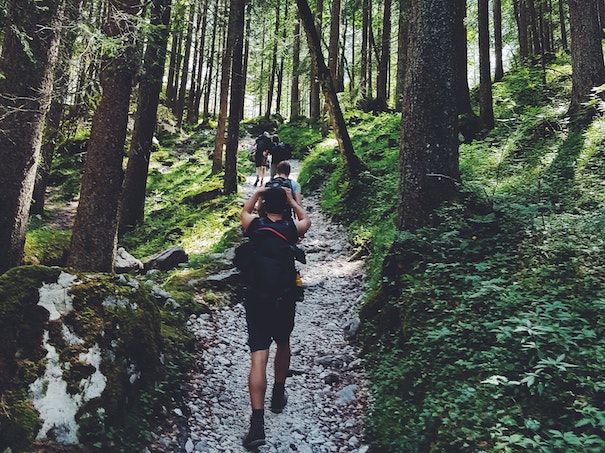
When I was in middle school, my peers and I spent a portion of the school year in Australia’s Outback. One of the activities had us on a 3-day, 2-night hike through leech-infested waters, tick-filled bushland and battling wombats who somehow found their way into our tent to get to our food stash. What helped many of us get through the ordeal was the strength we found in companionship – we were going through it together. Secondly, we focused on the scenery around us. It helped us stay in the present and think to ourselves – one step at a time. Much like taking a hike through difficult terrain, when we go through tough times, we need community, the ability to stay present and to take things day by day.
3. I can be kind to myself
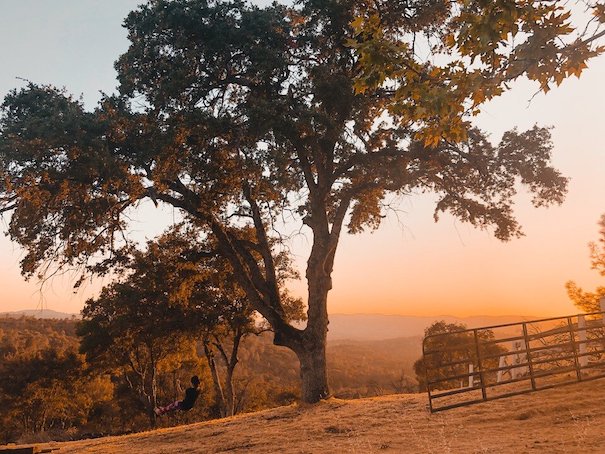
It doesn’t always have to be bubble bath memes or other typical self-care ideas. Instead, consider this:
– “What do I need to hear right now?”
– “What are the ways and things that bring me comfort and how can I practice it now?”
– “What brings me joy? How can I discover that which brings me joy?”
– “What is one thing I can do today to show myself kindness and compassion?”
– “Who of my friends can be my accountability buddy to encourage kindness in me?”
– “What thoughts or things get in the way of being kind to myself?”
– “How can I incorporate play and curiosity?”
4. Understand that resilience is built in cycles.
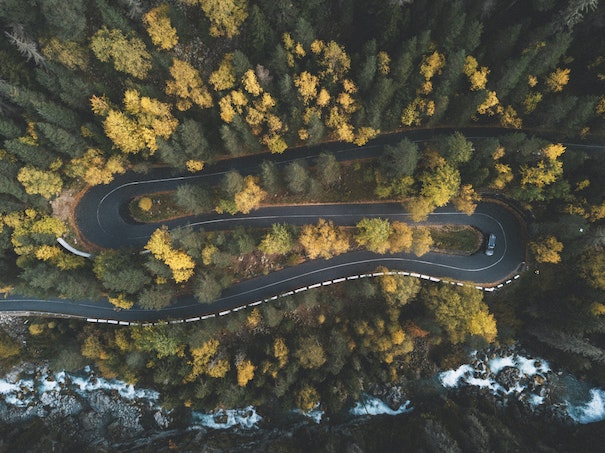
Just when I think that I’ve made the journey through grief and start to feel a sense of normalcy again – I get swept away. Remind yourself that this journey isn’t a straight navigation from Point A to Point B. We may find ourselves looping around back to where we started or experiencing recurring emotions and thoughts – but it’s after we circle back a few times that we find that we can hold that grief, hold those emotions and still feel a sense of calm and resilience. Resilience is understanding that we haven’t seen a pandemic impact the world in such a massive way, but we can take note of the small wins we make each day. We won’t know how resilient we are until we go through it.
In some ways, I’m being reminded about the cyclical nature of the natural world. Seasons of degeneration and regeneration; death and life. As Mufasa said in the Lion King, “You must take your place in the circle of life”.
5. What I’m feeling is normal.

A lesson I’ve learned and relearned as I’ve gotten older is the understanding that emotions are normal. And there is no such thing as “bad” or “good” emotions. They are just emotions. Seeing things through this lens has helped me deal but first describing the emotion I’m experiencing and naming it, where possible. Once I can label the emotion and understand where its root lies, I can decide how I choose to respond to it, what I intend to do – after I allow myself to feel whatever it is I feel in that moment. Guilt. Sadness. Isolation. Frustration. Anger. Fear. Anxiety. Regret. Irritability. Loneliness. Vulnerability. Resentment. Worry. Self-pity. Shock. Shame. Naming the emotion gives me power over it.
Picture the “fight or flight” response in an animal. We’re hard-wired to protect ourselves for survival. What I’ve found impactful is knowing that we are more than mere animals. I don’t need to choose between “fight” or “flight”. I can choose to utilise my intellect and take a moment to chart the next best step for myself.
6. I can find meaning through this.
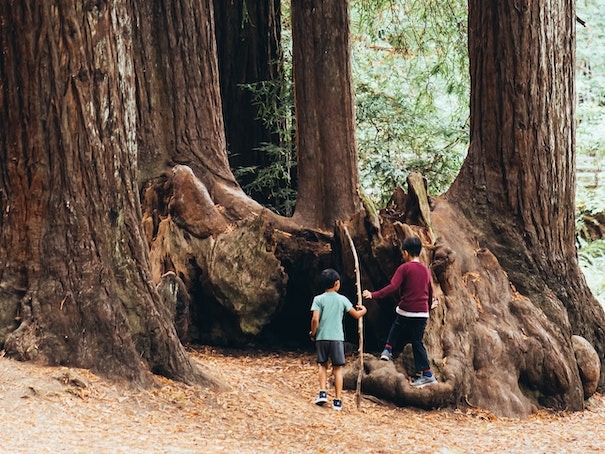
It is possible to experience multiple emotions simultaneously. For me, I am learning to explore what my emotions are trying to tell me. I’m finding it helpful to simply be still. To sit quietly. To go inwards. I’ve found that although I can take refuge in the burst of activity, of “doing, doing, doing” and search for distractions of pinging online notifications – the best solution for me is to slow down to allow things to be brought to the surface, and to hopefully, see things with a little more clarity.
Here are some prompts that have been helpful for me, from a friend of mine:
– What have I taken for granted in the past which I appreciate more now?
– How is this a wake-up call for my life?
– Who am I grateful for? How can I express my gratitude in a way that is meaningful to them?
– How can I use this time to become a better human being? A 2.0 version of myself!
– Where can I be of most service right now, and to whom?
– What can I learn now that will help to spread kindness, compassion and inspired action?
When I think of support, community and service – I look to the trees. Where I live, there is an abundance of redwood forests and I’ve been fascinated by these tallest trees in the world! What’s beautiful to note is that these redwood trees have very shallow root systems; they instead spread their roots out wide – intertwining with root systems of other redwoods. In a sense, these few months, I’ve come to appreciate the unity of community, of neighbourliness, of this sense that we cannot survive or thrive on our own. In the same way, redwoods provide one other with strength, support, nutrients – through a simple intertwining embrace.
7. I can find hope.
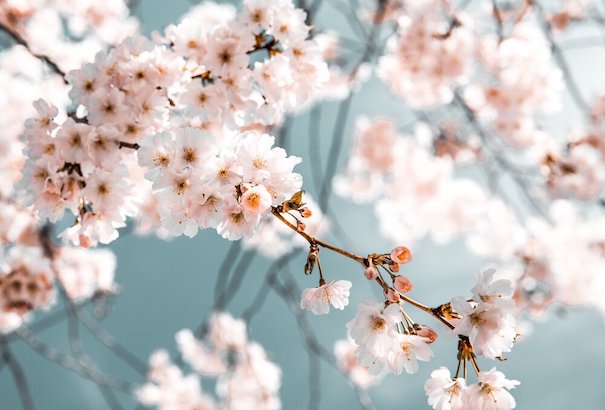
How I’ve started each new week is to think about what I intend to do for the next 7 days. I’ve also asked myself: What am I grateful for, filled-with-joy with or inspired by in the last week? In short, I’ve tried to look for the silver linings. As famous TV personality Mister Rogers would have encouraged us: Sit in silence and gratitude to thank all those who have encouraged and loved us into being who we are today. And another thing he would probably say is this: Look for the helpers.
And that’s exactly what I’ve been challenging myself each day to do – look for the helpers, see the light, celebrate what good is coming out of this period, to rejoice the birth of more kindness, empathy and connection, to understand that “this, too, shall pass” – just like the seasons in nature – and to be a bright spot in dark and trying times that others may be navigating through.
I can find hope. We can find hope – together.
If you like what you read, follow us on Twitter and Telegram to get the latest updates. You can also find out more about Emily at www.emilyteng.com.
